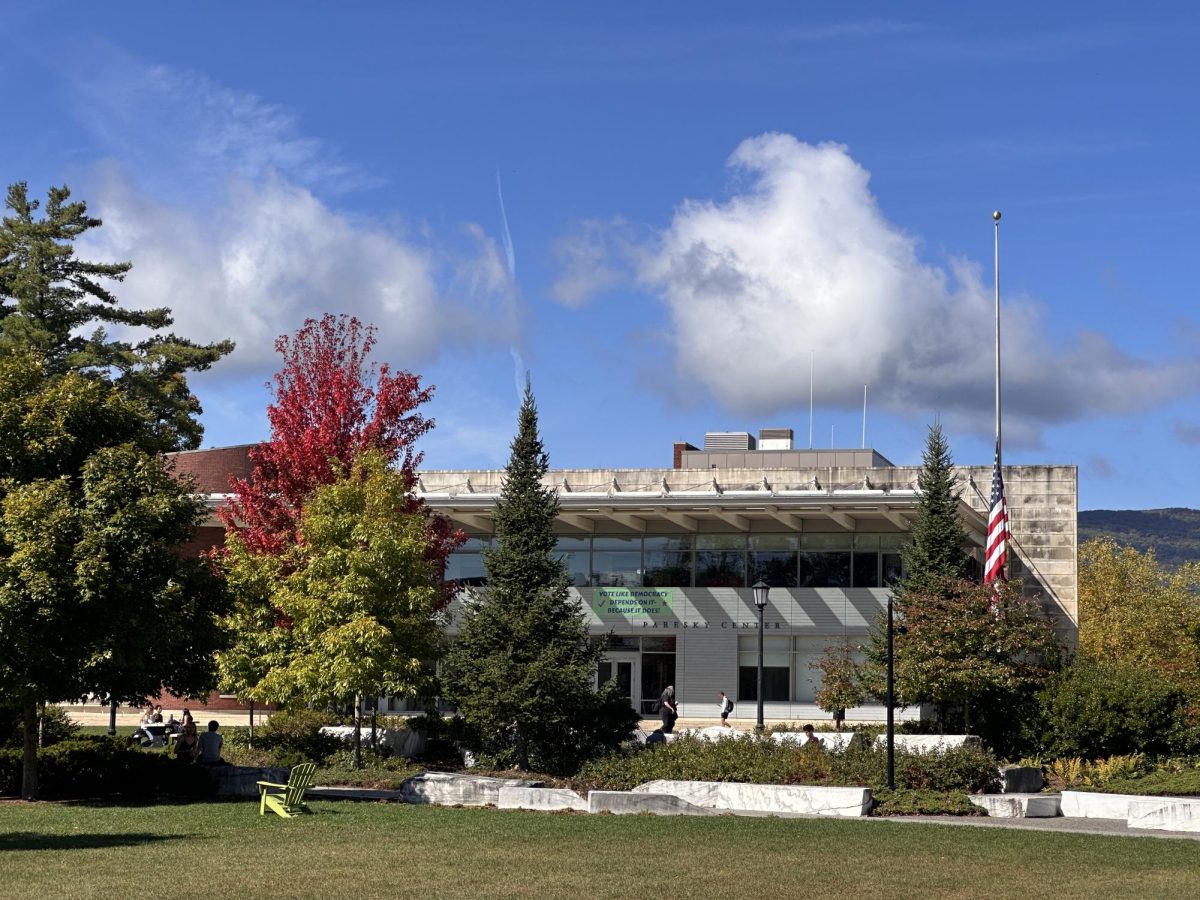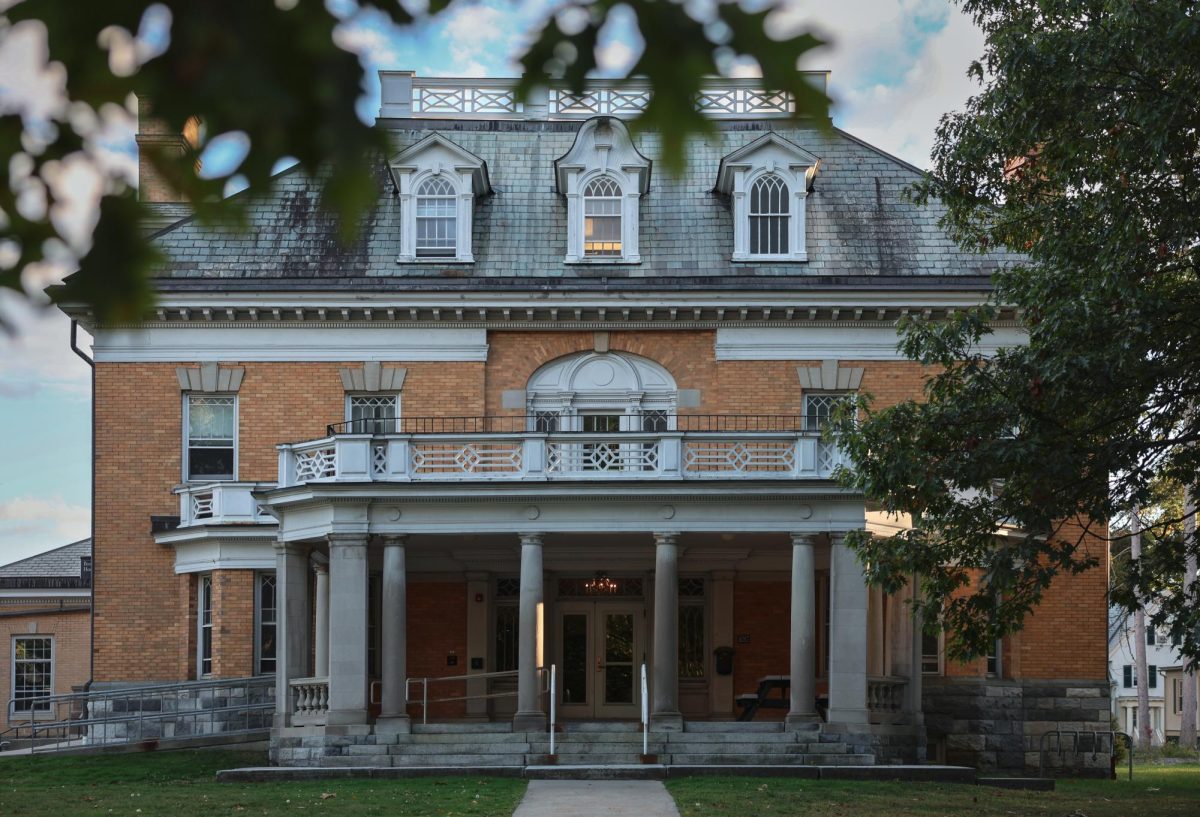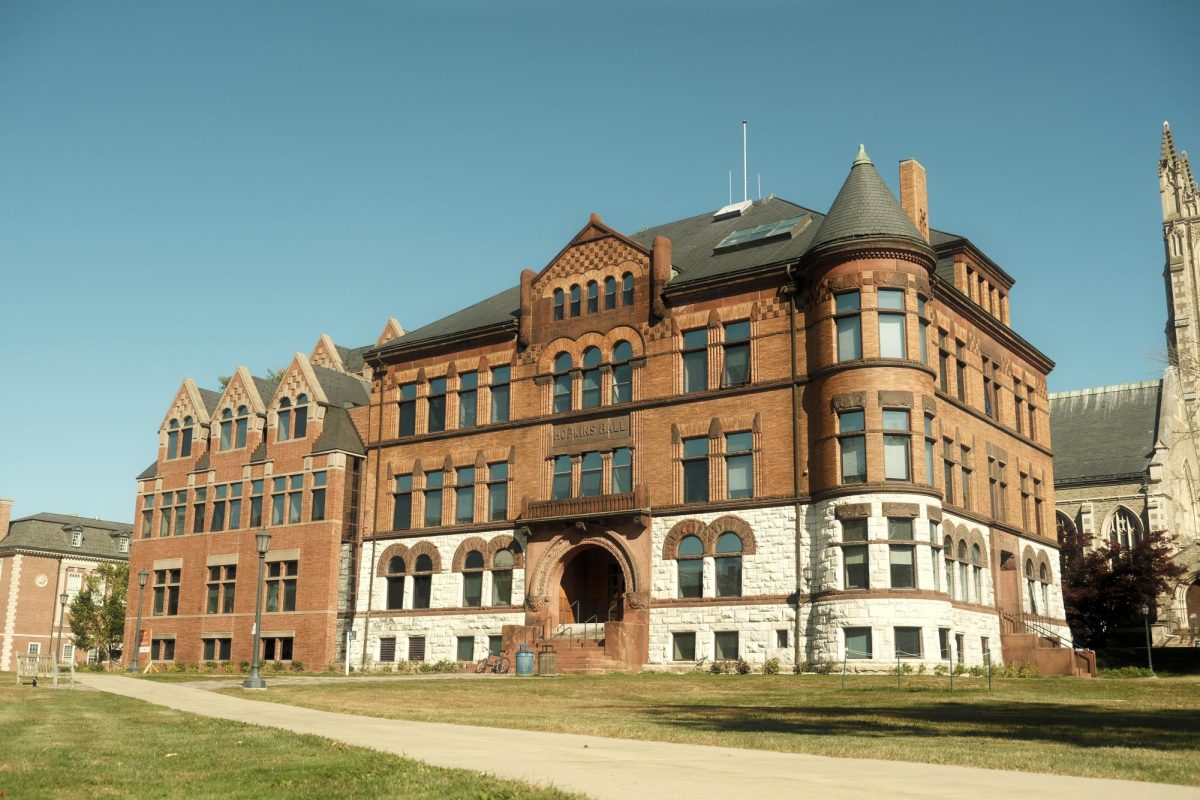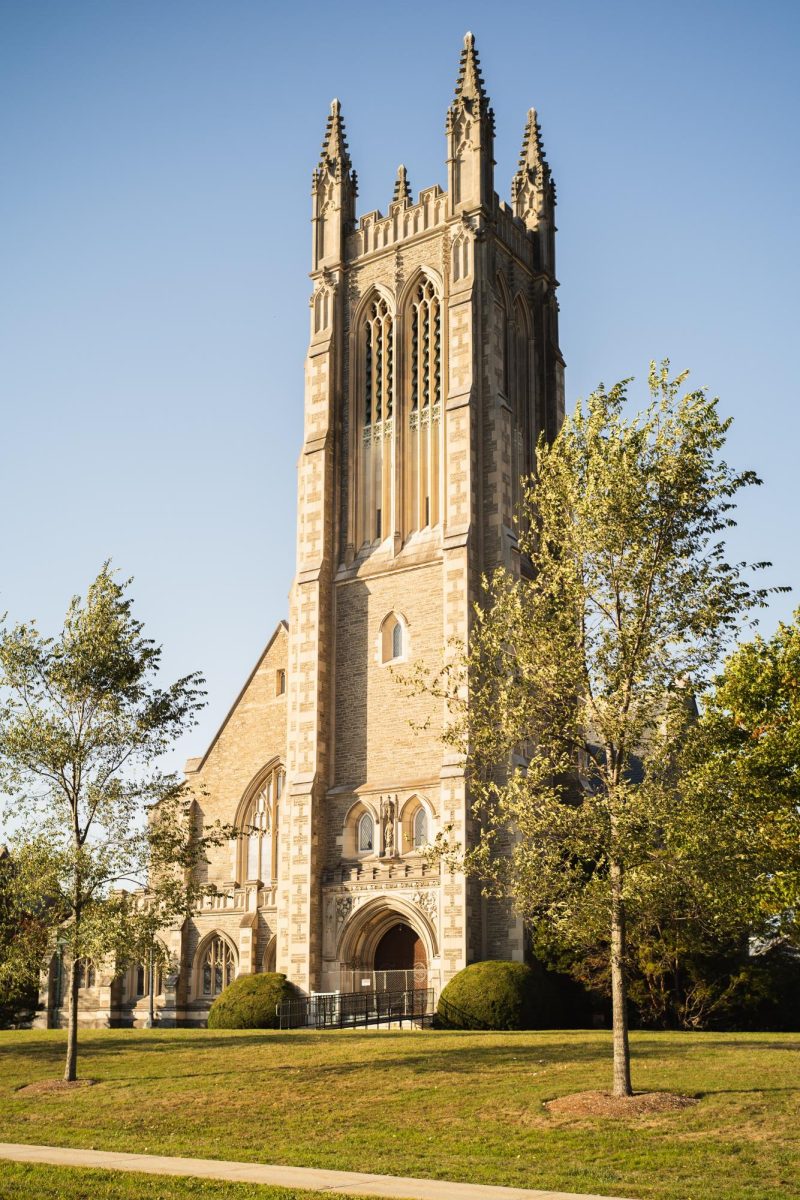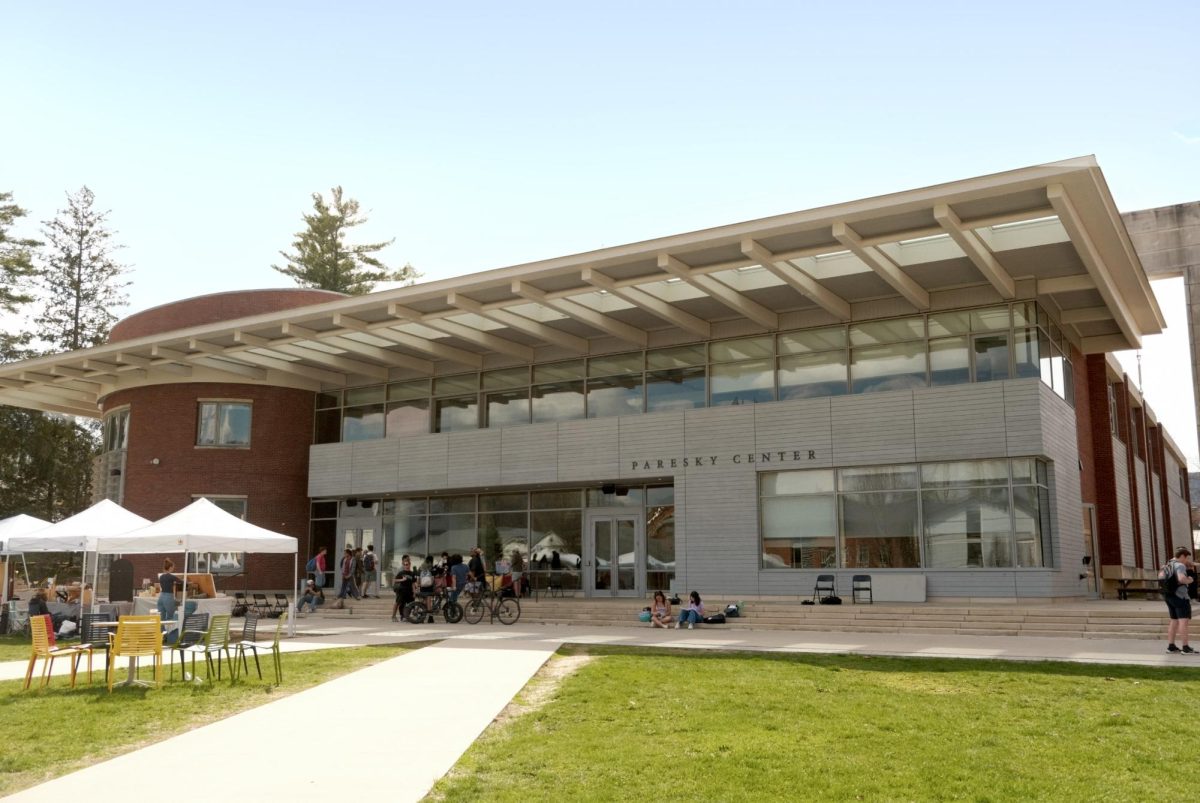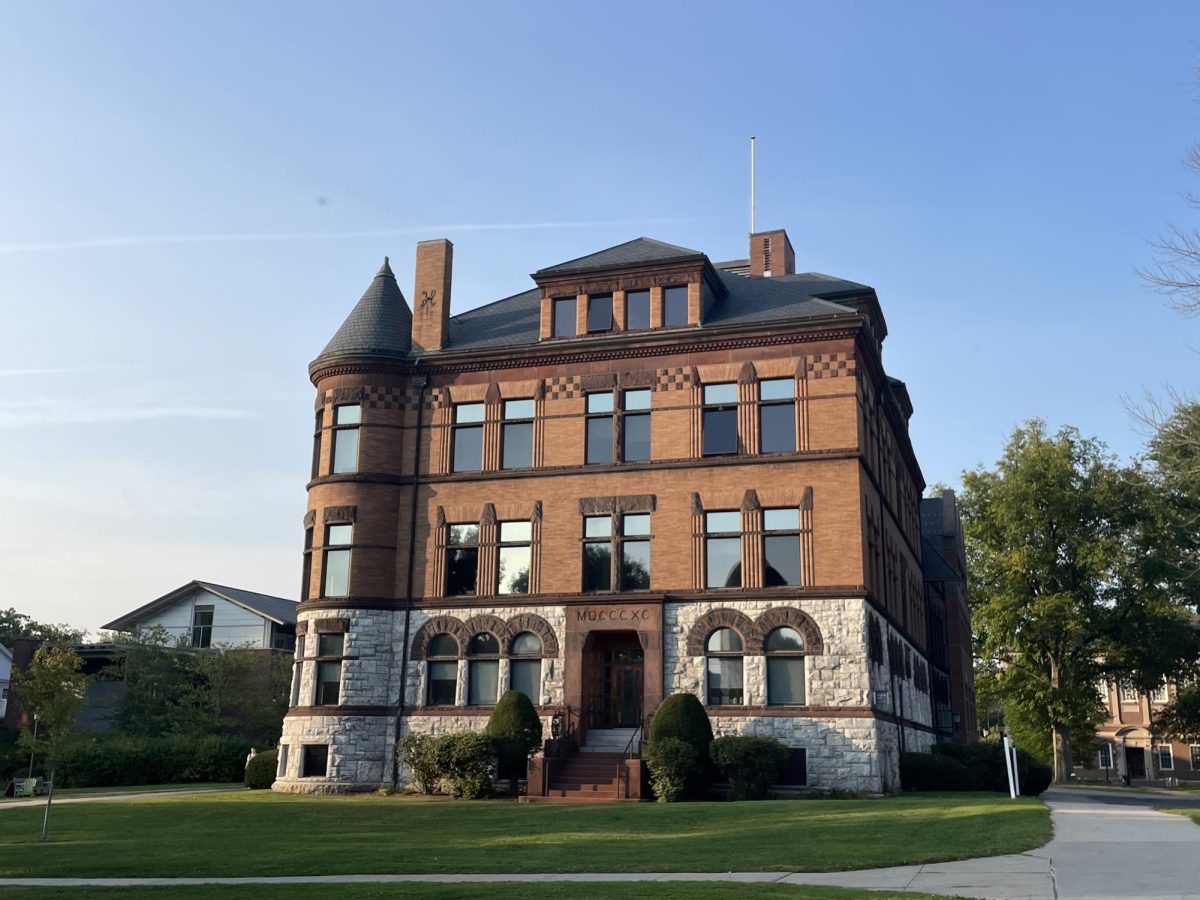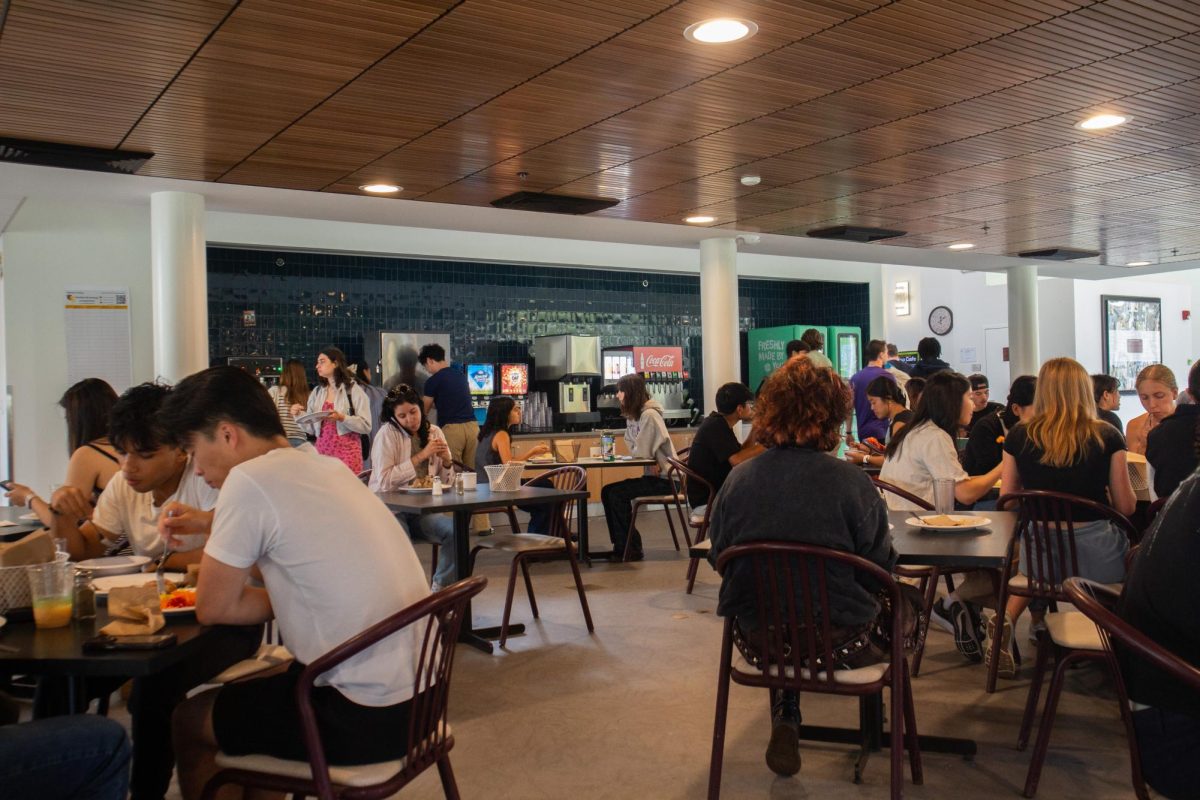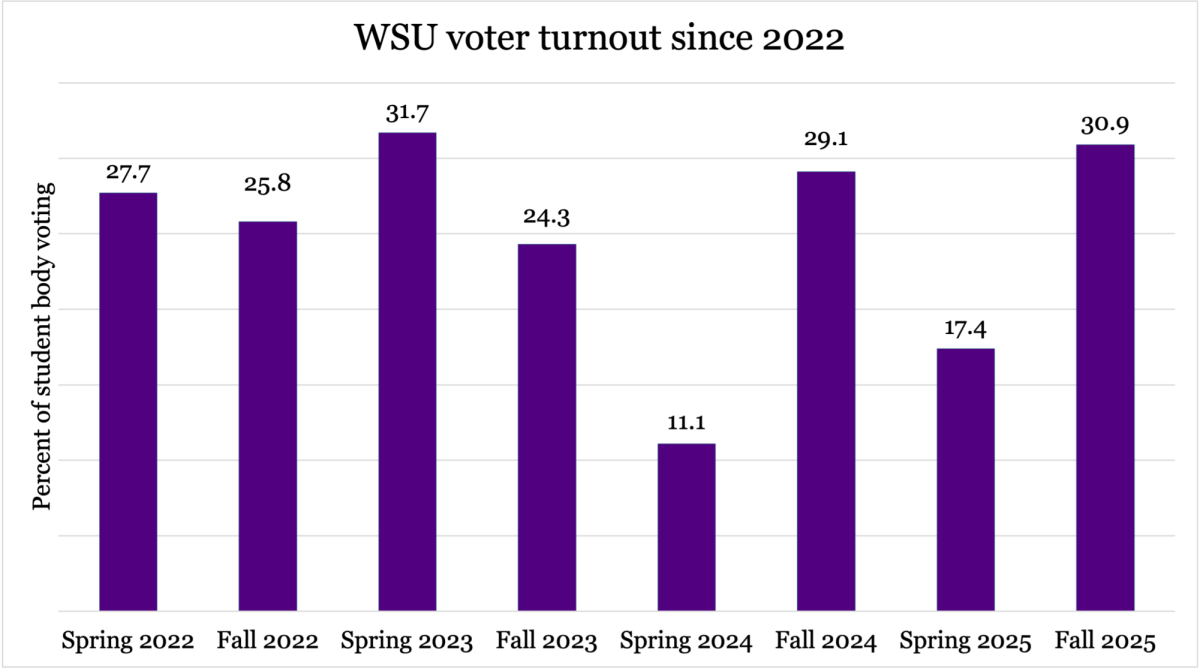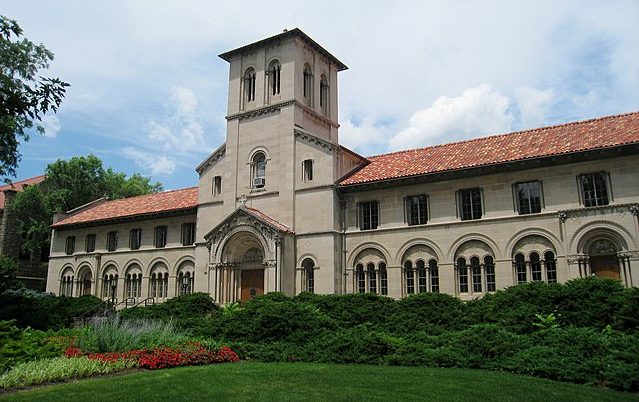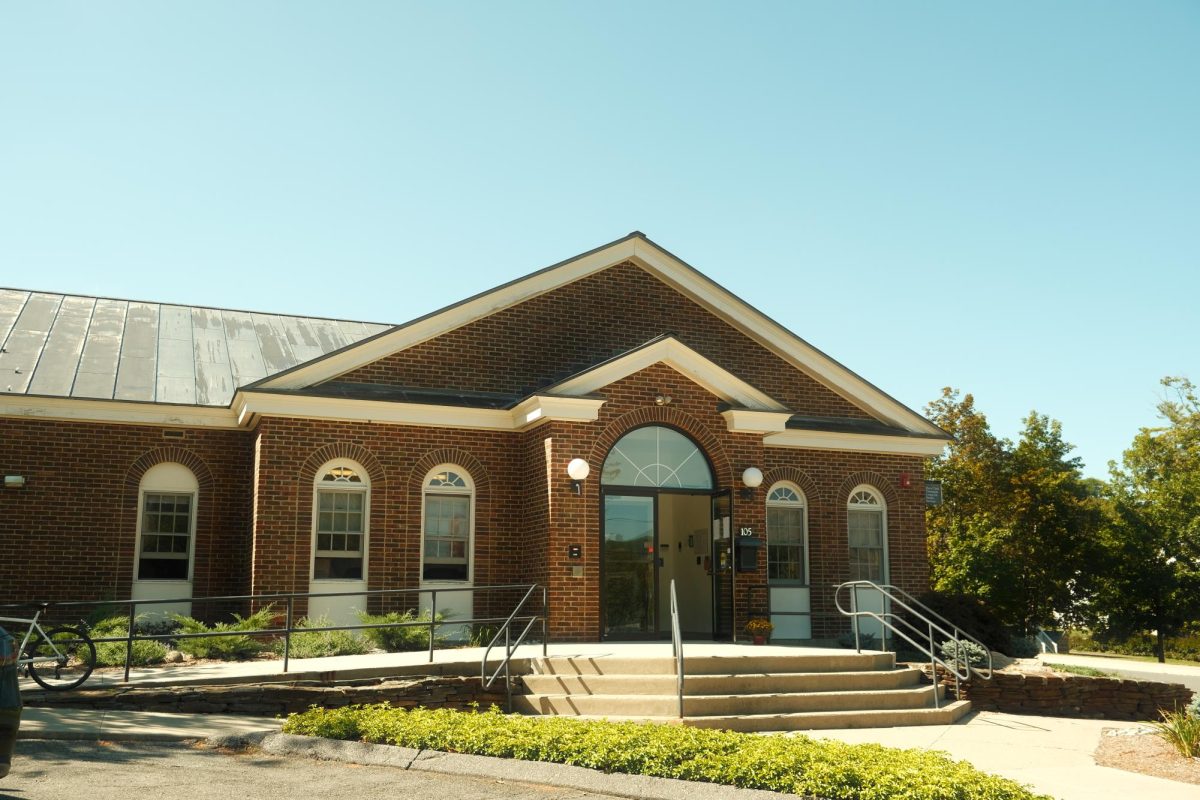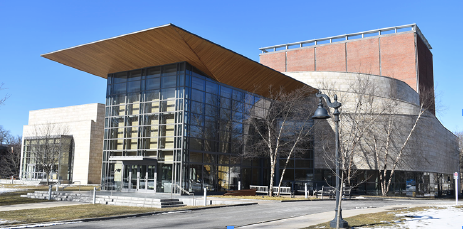
Campus Safety Services (CSS) hosted an active shooter/hostile event response (ASHER) training for students, faculty, and staff in the ’62 Center for Theatre and Dance on Feb. 13. Led by Director for Emergency Management Amalio Jusino, the hour-long training covered the College’s current emergency practices and an overview of nationwide practices, such as the “Run, Hide, Fight” program administered by the Department of Homeland Security (DHS). As CSS moves to offer more ASHER trainings, the Williams College Jewish Association (WCJA) is planning for CSS to hold one at the Jewish Religious Center (JRC) soon.
Approximately 150 people attended the training at the ’62 Center, which emphasized the importance of preparation and prevention in saving lives during active shooter events. “The presentation was focused on educating individuals about the need to not live in fear by being better informed and prepared,” Jusino write in an email to the Record. “Our program here is focused on mitigation and planning, as we want to be a resource for individuals.” Jusino has been conducting ASHER-related training since 2016, and he arrived at the College in 2022.
The talk highlighted several College initiatives to improve emergency preparedness, such as Rave Guardian, the campus-wide mass notification system, and the collaboration between CSS and community response partners. CSS has attended training sessions with all Northern Berkshire police, fire, and EMS agencies to establish response requirements in the event of an ASHER incident, Jusino said.
The training was held in response to student, faculty, and staff requests, Jusino said, and as part of the Berkshire region’s efforts to standardize emergency response according to an ASHER framework, NFPA 3000, developed by the National Fire Protection Association (NFPA).
CSS staff have all received “Run, Hide, Fight” and “Stop the Bleed” training. The former is the DHS procedure in active shooting scenarios, instructing people to try to evacuate before attempting to hide, with fighting the assailant as the last resort. The latter trains people to identify life-threatening bleeding and treat it in emergency scenarios. “We have spent the days, evenings and weekends providing response training in the event of any hostile threat on campus,” Jusino said.
Noah Cape ’25 was one of only a few students who attended the faculty and staff-oriented training. Though he had previously engaged in active shooter training, Cape was still reassured to hear that CSS is actively updating its systems in place to be best prepared for an active shooter scenario.
Cape also emphasized the need for comprehensive preparedness. “An important question we should ask is, ‘How can our community respond with support to make sure students can feel safe in their spaces even after a shooting?’” he wrote in an email to the Record. “Doing training and talking about what systems we have in place to respond to an active shooter at the moment and what systems we have in place to respond to the trauma of such an incident is vital.”
WCJA also intends to hold a CSS-led ASHER training at the JRC soon. Cape, first-year outreach coordinator on the WCJA board, said that after the campus-wide email announcing the training at the ’62 Center, the board decided it would be a good idea to hold a more specific training for the JRC.
Rabbi Seth Wax cited recent antisemitic attacks to underscore the importance of maintaining the safety measures at the JRC. “While the JRC was not targeted, the recent bomb threats at Congregation Beth Israel in North Adams and the December shooting incident at Temple Israel in Albany remind us that attacks can happen anywhere, even close to campus,” he wrote in an email to the Record. “Amalio Jusino shared with me that he would be offering hostile threat training, and we spoke about offering it at the JRC, as it feels like an important element of our overall safety plan.”
Cape stressed the importance of ASHER training for the JRC. “In the Jewish community, we are sadly no stranger to active shooters targeting Jewish communities… We [are] always thinking about the attack in Pittsburgh, [and] there has been a marked increase in anti-Jewish hate in the U.S.,” he wrote to the Record.
Following the shooting at the Tree of Life Congregation in Pittsburgh, the JRC installed emergency exit doors in the sanctuary in case of an active shooter, Cape said. “We just want to be the best prepared in case something happens,” he wrote. Wax added that the JRC is exploring “ways to enhance the physical site in ways that complement any training that we undergo.”
Jusino said that CSS plans to offer more ASHER trainings for students at the ’62 Center, which he hopes they will attend.
Cape expressed appreciation for the College’s increased attention to the possibility of an active shooter event while not hyperbolizing the threat. “Sure, we can always do more, but that’s not a productive way to think about it in my opinion,” he said. “As long as we are thinking about it and working towards getting better, that’s what is important, and it seems like we have people leading that at the moment.”



